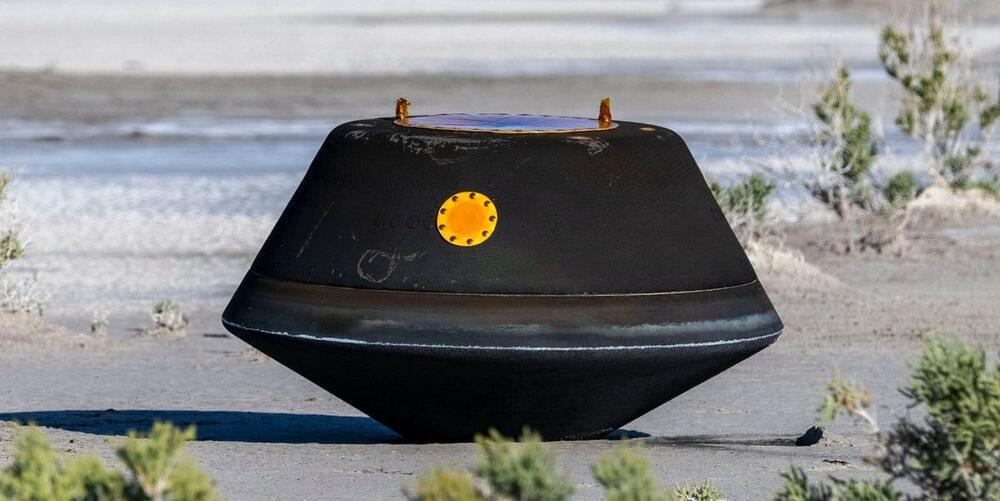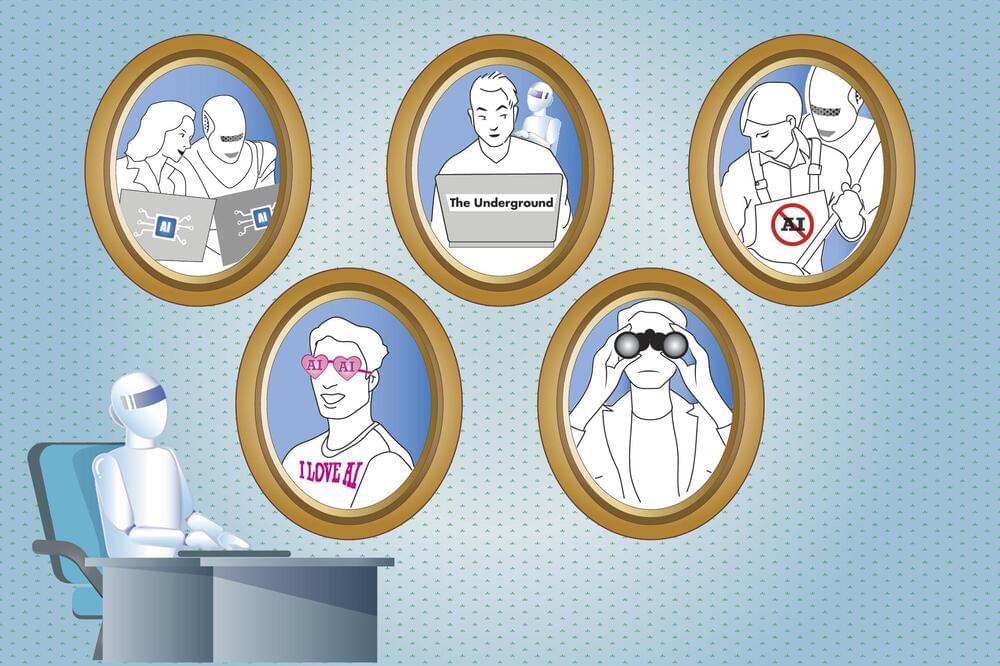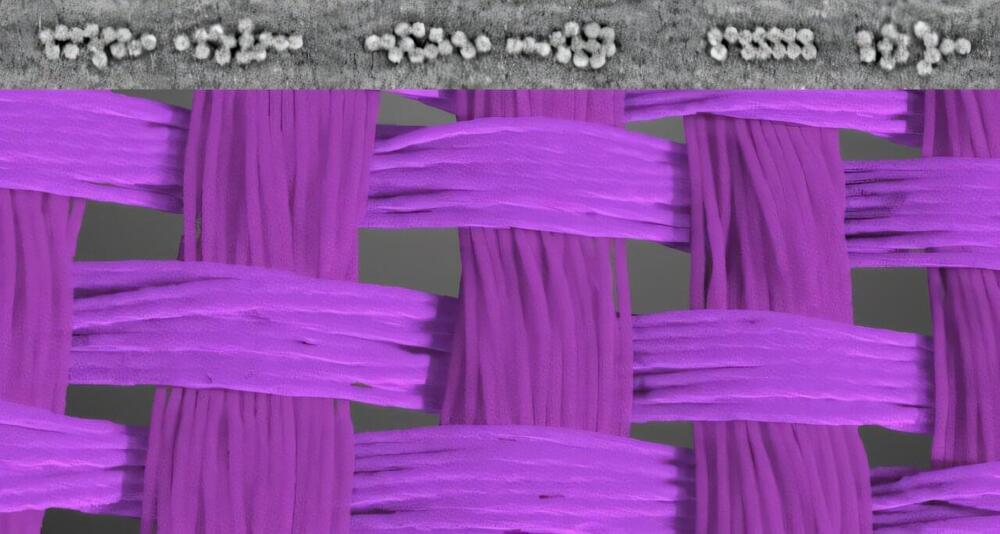A new technique for harvesting geothermal energy being pioneered in Utah has passed a significant milestone: Southern California Edison has contracted for enough of the energy to power 400,000 homes.


The Airwolf hoverbike is designed to soar with speed, efficiency, and agility. Using individually tilting ducted fan propulsion technology.

One proposed way of examining if such a force could exist is by closely monitoring asteroid trajectories, and few near-Earth asteroids are as well observed as Bennu. A new study by an international team of scientists analyzes Bennu to try and placing constraints on a possible fifth fundamental force in the search of ultralight dark matter.
Bennu, one of the most dangerous near-Earth objects, has been meticulously tracked by optical and radar astrometric data since it was discovered in 1999. As the destination for the OSIRIS-REx asteroid retrieval mission, additional X-band radiometric and optical navigation tracking data added even more trajectory precision. The idea is that any deviation in the expected trajectory of the asteroid could be the result of an unknown fifth force at work. The results of the study were published in the journal Nature Communications Physics.

Elon Musk, Tesla and Warner Brothers Discovery are being sued by “Blade Runner 2049” production firm Alcon Entertainment for alleged copyright infringement, which accused them on Monday of “a massive economic theft.”
The big picture: Alcon alleges the defendants used an AI-generated image like the one from “Blade Runner 2049” to promote Tesla’s robotaxi concept at Warner Bros. Discovery’s studio lot in Burbank, California, earlier this month after it denied their request to use “an iconic still” from the 2017 movie at the event.
Zoom in: The production company alleges in the suit, filed on Monday in federal court in Los Angeles, that the event used an image that was reminiscent of a scene involving Ryan Gosling’s character looking into an apocalyptic world in the sequel to the 1982 sci-fi classic “Blade Runner.”

People with AI are going to replace people without AI.
SAN FRANCISCO (AP) — Artificial intelligence’s recent rise to the forefront of business has left most office workers wondering how often they should use the technology and whether a computer will eventually replace them.
Those were among the highlights of a recent study conducted by the workplace communications platform Slack. After conducting in-depth interviews with 5,000 desktop workers, Slack concluded there are five types of AI personalities in the workplace: “The Maximalist” who regularly uses AI on their jobs; “The Underground” who covertly uses AI; “The Rebel,” who abhors AI; “The Superfan” who is excited about AI but still hasn’t used it; and “The Observer” who is taking a wait-and-see approach.
Weekend posting was delayed by our trip to accept an honor from Caltech… but here it is! Almost entirely about space and science!! Stuff I promise you hadn’t heard before.
We just returned from Pasadena, where Caltech — my alma mater — installed me as Distinguished Alumnus. An honor that I sincerely never expected, given the many brilliant minds I knew when I was there. Reflecting on that is humbling — even ‘imposter syndroming’ — though people kindly urged me to think otherwise.
In today’s delayed posting, I’ll be mostly taking a pause from politics… though the topic of my previous blog — about the likelihood of blackmail poisoning top levels of the U.S. republic — remains horrifically plausible…
…especially now that prominent members of one party are openly admitting that their party is suborned in this way, by foreign powers.

In a remarkable feat of engineering and automation, China has recently completed the world’s first fully unmanned road resurfacing project, covering an impressive 157.79 kilometres of expressway without the involvement of a single human construction worker. This innovative achievement showcases China’s rapid advancements in construction technology and its commitment to pushing the boundaries of what’s possible in infrastructure development.
The Autonomous Fleet
The project utilised a fleet of autonomous road construction vehicles, including drones and robots, to carry out the entire resurfacing process. This cutting-edge approach marks a significant departure from traditional road construction methods, which typically rely heavily on human labour.


Parachutes have many applications, decelerating everything from skydivers to supersonic-speed scientific payloads. Regardless of what a parachute is slowing down, two things remain constant: the parachute must withstand large amounts of force, and it is crucial to ensuring the safety of whatever it’s carrying. To choose parachute materials that do their jobs effectively, it’s important to fully understand what happens while a parachute is opening and on its way down.
Beckman Institute for Advanced Science and Technology researchers Cutler Phillippe, Francesco Panerai and Laura Villafañe Roca have used computed tomography scans to study the fiber-scale properties of parachute textiles and link them to larger-scale behavior. Their work is published in the American Institute of Aeronautics and Astronautics (AIAA) Journal.
“We know generally how a textile impacts the performance of the parachute,” said Phillippe, a graduate student in the Department of Aerospace Engineering at the University of Illinois Urbana-Champaign. “But we don’t know from an experimental standpoint how that performance is related to the individual fiber motions within the textile as well as the dynamic properties of, for example, a bundle of fibers.”

Microsoft on Monday said it was enhancing its AI offerings with new autonomous agent capabilities as the tech titan aims to accelerate business adoption of artificial intelligence.
AI agents are specialized programs designed to perform routine tasks autonomously, such as sifting through sales leads or handling customer service inquiries.
The AI agent has become the newest buzzword for major software companies that are investing billions in powerful AI models, which they believe will shape the future of computing.